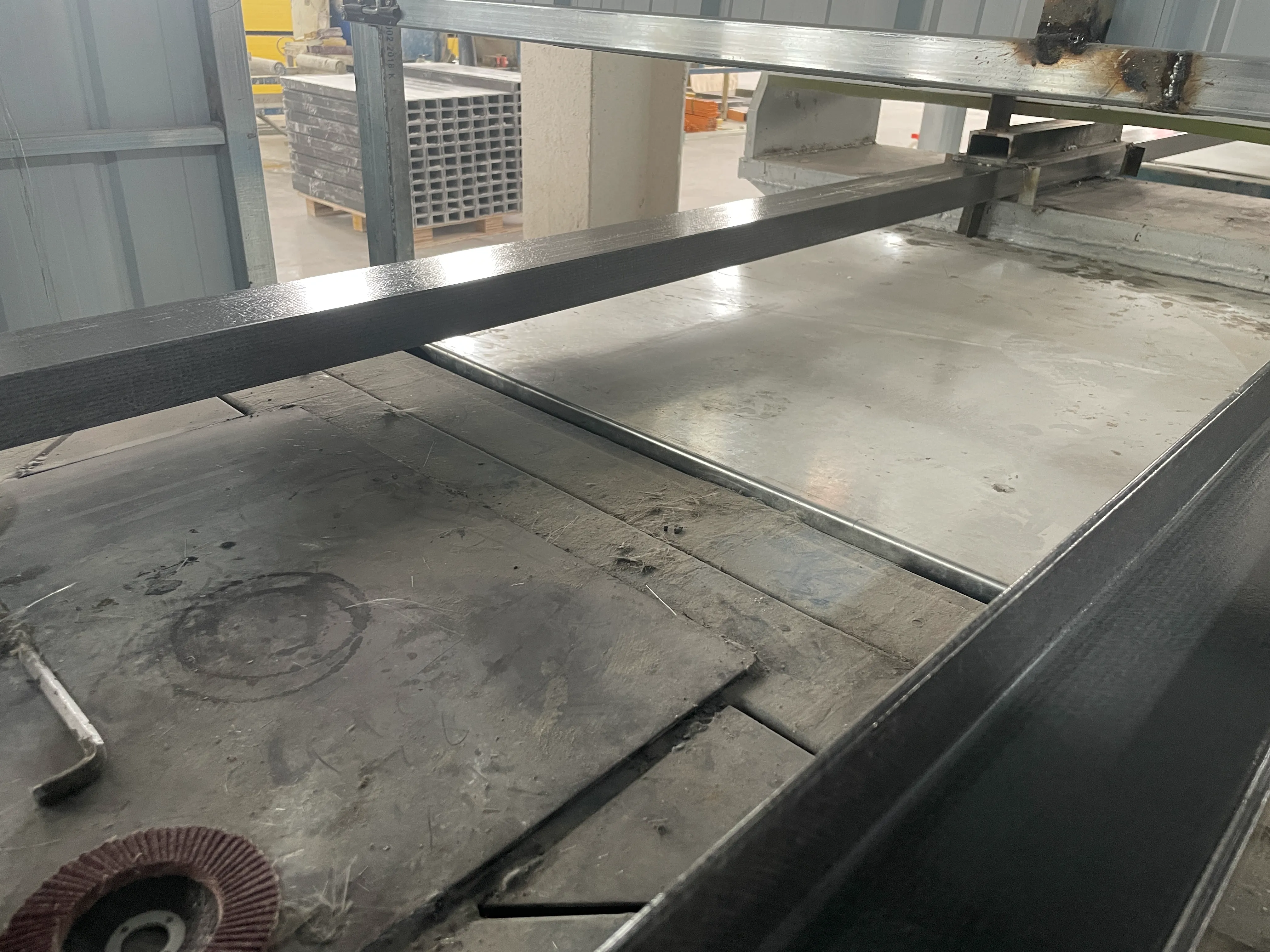loading...
- No. 9, Xingyuan South Street, Dongwaihuan Road, Zaoqiang County, Hengshui, Hebei, China
- admin@zjcomposites.com
- +86 15097380338
- Welcome to visit our website!
Frp Rod Pricing Insights and Market Trends for 2023
Understanding FRP Rod Prices A Comprehensive Guide
Fiber Reinforced Polymer (FRP) rods have gained significant popularity in various construction, engineering, and industrial applications due to their unique properties such as high strength, lightweight, and resistance to corrosion. As more industries adopt FRP materials, understanding the pricing of FRP rods becomes essential for both procurement managers and project engineers.
What are FRP Rods?
Before delving into pricing, it's important to understand what FRP rods are. Made from composite materials, FRP rods are designed for reinforcement in concrete structures, including bridges, buildings, and tunnels. Unlike traditional steel reinforcement bars, FRP rods offer several advantages, including resistance to environmental degradation and a longer lifespan, which can lead to reduced maintenance costs over time.
Factors Influencing FRP Rod Prices
Several factors play a crucial role in determining the price of FRP rods
1. Material Composition The type of fibers used (glass, carbon, or aramid) and the resin matrix can significantly affect the cost. For instance, carbon fiber rods tend to be much more expensive than glass fiber rods due to their superior strength-to-weight ratio.
2. Manufacturing Process The production method of FRP rods, such as pultrusion or filament winding, also influences the pricing. More advanced manufacturing techniques usually result in higher costs due to the equipment and technology required.
3. Diameter and Length The size of the FRP rods is another determining factor. Larger diameters and longer lengths typically increase material costs, as more raw material is required.
4. Market Demand and Supply Like any other commodity, the prices of FRP rods are influenced by the basic principles of supply and demand. A surge in construction activities or infrastructure projects can lead to higher demand, which may drive up prices.
5. Custom Fabrication Many projects require custom sizes or specific characteristics tailored to unique applications, which often results in increased production costs.
frp rod price

6. Transport and Logistics The cost of transporting FRP rods from the manufacturer to the construction site can add to the overall price, particularly if the rods need to be shipped internationally.
Price Range of FRP Rods
As of 2023, the price of FRP rods can vary widely depending on the aforementioned factors. Generally, you can expect the prices to range from about $2 to $15 per linear foot, but specialized rods, particularly those made from carbon fiber, can cost even more—sometimes exceeding $50 per linear foot.
For example, standard glass fiber reinforced polymer rods might fall within the lower price range, making them a cost-effective choice for many general applications. In contrast, more specialized applications that require high-performance carbon FRP rods will reflect a higher price, justified by the exceptional mechanical properties and reduced weight.
Making Economical Choices
When selecting FRP rods for a project, it's crucial to balance performance requirements with budget constraints. Here are some considerations
- Project Scope Consider the length and quantity of rods needed for the project. Bulk purchasing can often lead to discounts, so planning ahead can save money.
- Long-term Benefits While FRP rods may have higher upfront costs than traditional materials, the long-term benefits—such as lower maintenance costs and extended service life—should be factored into the total cost of ownership.
- Supplier Selection Research various suppliers to compare prices and product offerings. Some manufacturers may provide lower prices without sacrificing quality, so it's essential to conduct thorough market research.
Conclusion
In conclusion, the pricing of FRP rods is influenced by a multitude of factors, ranging from material composition and manufacturing processes to market dynamics. By understanding these elements, stakeholders can make informed decisions tailored to their specific project needs and budgets. While FRP rods may come with a higher initial investment, their long-term advantages often outweigh short-term costs, making them a valuable asset in modern construction and engineering projects.
-
The Rise of FRP Profiles: Strong, Lightweight, and Built to LastNewsJul.14,2025
-
SMC Panel Tanks: A Modern Water Storage Solution for All EnvironmentsNewsJul.14,2025
-
GRP Grating: A Modern Solution for Safe and Durable Access SystemsNewsJul.14,2025
-
Galvanized Steel Water Tanks: Durable, Reliable, and Ready for UseNewsJul.14,2025
-
FRP Mini Mesh Grating: The Safer, Smarter Flooring SolutionNewsJul.14,2025
-
Exploring FRP Vessels: Durable Solutions for Modern Fluid HandlingNewsJul.14,2025
-
GRP Structures: The Future of Lightweight, High-Performance EngineeringNewsJun.20,2025
